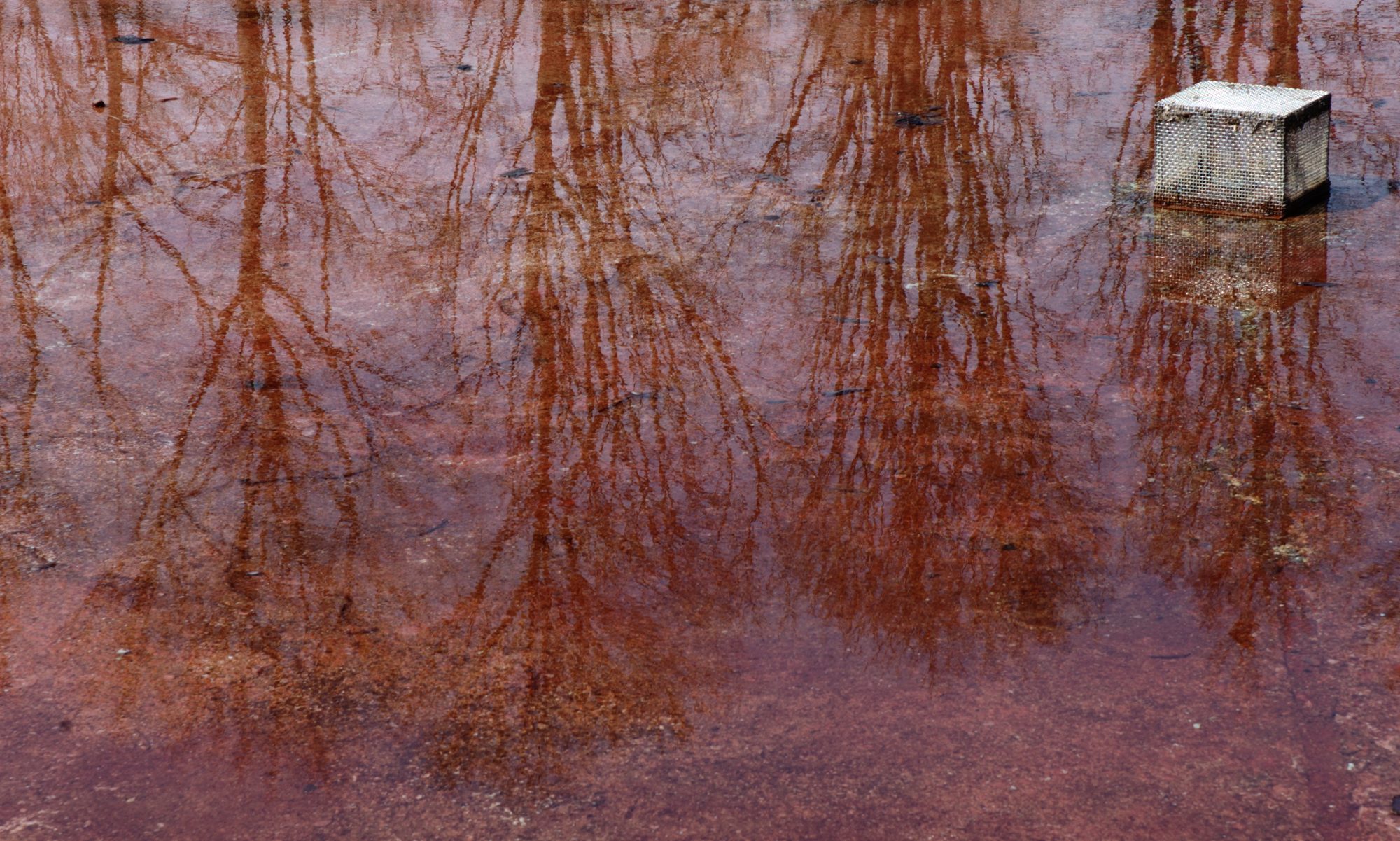I have a conditional relationship with the Canadian flag. On the one hand, it’s the country I was born in, one which certainly came into its own culturally around the time I was born. It’s difficult to believe that prior to 1965 there was a much different (certainly more colonial) one. It’s a flag that, like any great design, makes the best of simplicity: two red bars and a leaf.
There’s the flag of one’s country and then there’s the nationalism that naturally gets attached to it. I’m averse to nationalism, though I recognize that in some situations it’s completely necessary, especially for existential survival.
In the winter of 2022, the so-called “freedom convoy” occupied downtown Ottawa. They were ostensibly against vaccine mandates (whether or not this was well-informed) and what they perceived to be the authoritarian impulses of Justin Trudeau and his government in terms of how they were handling the pandemic. They rolled into Ottawa, lining the streets with eighteen-wheelers and set up camp. And from there they basically held the nation’s capital hostage, terrorizing locals with the constant honking of air horns and making life hell for people there for the better part of three weeks. The significant piece about this was their ubiquitous use of the Canadian flag as part of their quasi-rebellious identity. During and after the occupation, if you saw someone driving with the Canadian flag on their car, there was a very good chance they supported this convoy movement (which, among other things, has its origin in white supremacist and Islamophobic movements). I hated seeing the Canadian flag as a result because I naturally associated it with stupidity and hatred, no matter how ambivalent I felt about Trudeau or the lockdowns. I had a tank top I sometimes wore on very hot days when I was out for a run, which had a maple leaf–not the flag, but just a red stylized leaf–and even that became difficult for me to justify for fear of being associated with the racist idiots.
And then Donald Trump came into power in 2024 and soon directly targeted Canada’s sovereignty. Suddenly, with our identity and existence threatened, the Canadian flag became a rallying point. Nationalism, something we don’t often reach for, became vogue. Like, in ways I don’t think I’ve seen since the signing of the Constitution in 1982. We took on the “elbows up” ethos of hockey, the national game (if you don’t count lacrosse, which is actually the national game). “Made in Canada” became (and remains for understandable reasons) a thing. And yet I feel I have a sort of cultural whiplash around the flag now flown, earnestly, by so many.
Nationalism, especially nationalism for sake of nationalism (which is what you see south of the border), can get ugly fast. It can be easily weaponized against imagined others, which doesn’t require a deep imagination to see how that can apply to the very people–immigrants, temporary foreign workers and racialized new Canadians–who actually help support this G7 country. It can become a bludgeon in the hands of those with dark hearts or small minds, as we’ve seen not only in what has transpired south of the border, but in countries such as Turkey, Hungary and most notably in Nazi Germany.
And yet, as I mentioned earlier, it’s naive to think that we, especially in the face of one of the strongest nations in the world literally threatening to annex us, to eliminate our sovereignty, would not reach for nationalist expressions. And the paradox is that, for all of nationalism’s ills, when faced with an existentialist threat from a much powerful neighbour, if we don’t define ourselves, if we don’t set out to reify our sometimes nebulous national identity, then someone else will.

